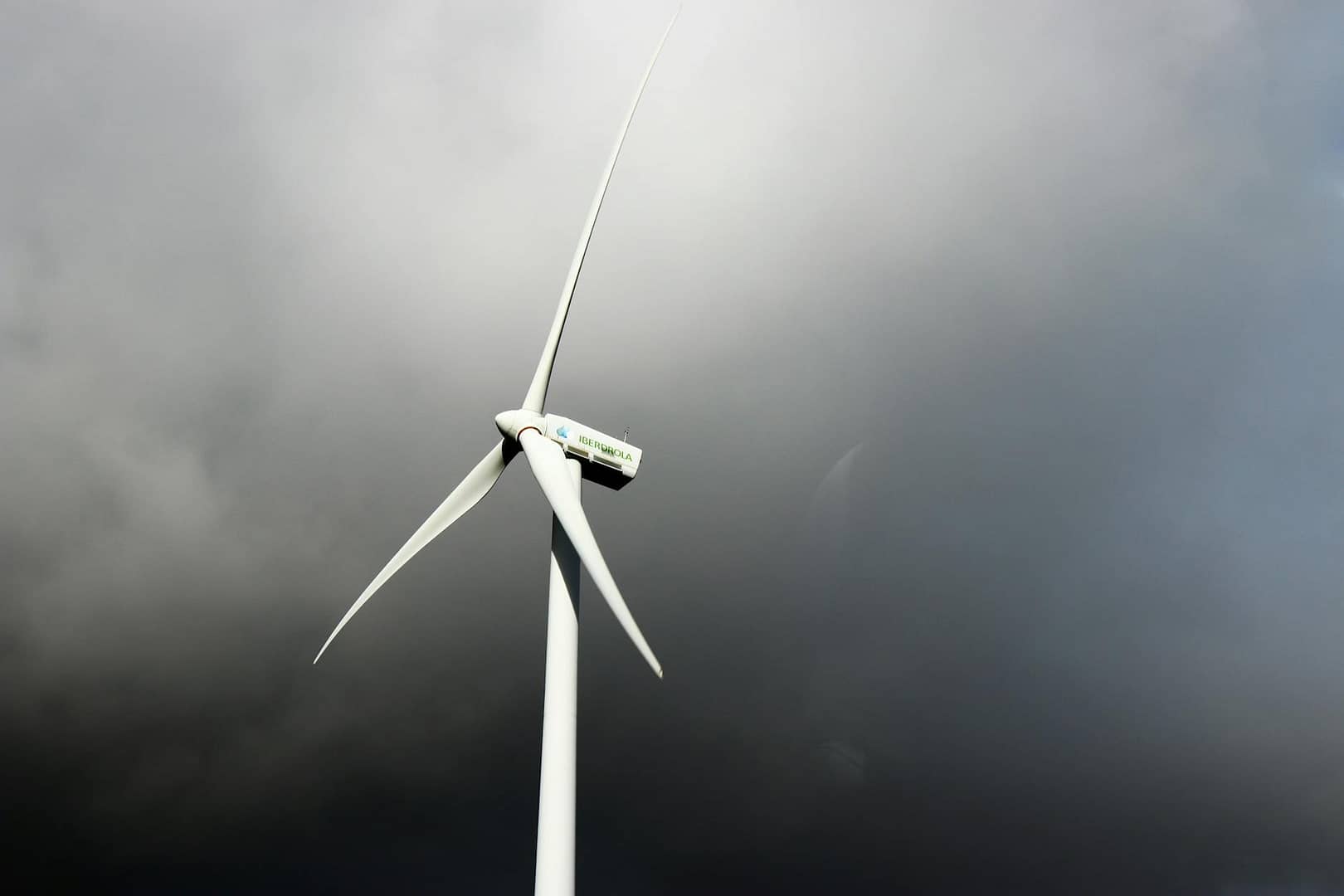We need batteries. All of us.
Since there is not much left of the cobalt in the Democratic Republic of Congo in a couple of generations, we need to search elsewhere. (I will let others write about the poor working conditions in the mines.)
The ocean bed is enormous and if a few machines can help us out it to get this invaluable stuff, it should be ok, right? Ok, so when the Solwara-1 project started a year ago outside Papua New Guinea the idea was to improve the world’s cobalt supply for batteries, phones and computers.
Papua New Guinea
The project that was the first of its kind in the world has now stopped.The company behind, Nautilus has lost huge amounts of money and got the creditors on their neck. Papua New Guinea has also lost big time. Prime Minister James Marape called it a total fiasco.
Those advocating for sea bed mining say it has far less environmental consequences than mining on land. Sea bed mining is part of the solution for the green economy, they claim.
Marine biologists, oceanographers and other experts however disagree. The warn the we know too little to say it is safe. Sea bed digging, vibrations, sound- og light contamination may disturb and destroy marine ecosystems including the sea bed’s ability to absorb CO2.
Batteries can do without cobalt
We do not necessarily need cobalt in the future. Researchers at the Norwegian University of Science and Technology are putting their minds to algae batteries. The idea is not new, but the big commercial breakthrough has not yet come.
CO2 from the industry can be captured and used to grow algae, which in turn can be used to create environmentally friendly batteries. Simple as that.
But:
Too slow?
I watched “Decoding Bill Gates” on Netflix the other day. When Bill Gates is not busy rolling out vaccines and sanitary solutions in developing countries, he spends time and money on figuring out the world’s energy problem, including modernizing nuclear power.
He claims that batteries and renewable energy will not be large scale soon enough to reach the CO2 emission targets. I searched for prognosis on this claim and found two interesting pieces.
California
The state of California is relatively progressive when it comes to renewable energy. But, they will not reach the emission targets 100 years too late with the today’s pace. The 2030 targets will be met in 2061 and the 2050 targets in 2150. Transportation, wild fires and garbage are the main reasons for this.
The International Energy Agency reported in 2018 that CO2 emission increased with 1.7 per cent to a new record 33.1 gigatons in 2018. This is the highest increase since 2013 and 70 per cent higher than in 2010. Emissions from fossile fule increased and the power industry represented two thirds of the increase. Coal alone emitted 10 gigatons, mostly in Asia. 85 per cent of the increase came from China, India and the US. The increase of 560 megatons is equal to all international air traffic.
Back to nuclear power?
Bill Gates’ modern nuclear power makes use of existing nuclear waste. In fact, all of the US nuclear waste can power the entire county’s households for centuries, according to Gates. The Gates owned company Terrapower claims that the uranium they will use cannot be used for nuclear weapons. In addition, the power plants will be much more secure than the ones running today using 30-40 years old technology.
This may sound interesting. But the nuclear scepticism around the world and the huge investments it will require will also require time, which takes us back to where we are today.
05/11/2019






I like this web blog so much, saved to bookmarks. “I don’t care what is written about me so long as it isn’t true.” by Dorothy Parker.
I haven?¦t checked in here for a while as I thought it was getting boring, but the last several posts are great quality so I guess I will add you back to my everyday bloglist. You deserve it my friend 🙂
Fantastic items from you, man. I’ve understand your stuff previous to and you are simply extremely wonderful. I really like what you have obtained right here, really like what you’re saying and the way by which you say it. You’re making it entertaining and you still take care of to keep it smart. I can’t wait to learn much more from you. This is really a terrific website.
I appreciate your piece of work, regards for all the useful content.
I appreciate your piece of work, regards for all the interesting articles.
You got a very wonderful website, Glad I detected it through yahoo.
is online pokies banned in united states, craps tutorial usa and echeck casinos
united kingdom, or poker with real money usa
My page blackjack machine vs table (Piper)
game apps to win real money canada, new uk casinos 2021 and no deposit mobile lone butte casino players card – Leonida, canada, or
united statesn slots miami
leovegas online casino united states, best bingo halls open today; Unterrichtsgestaltung-Mit-Medien.de,
sites usa 2021 and united kingdom online casino no deposit bonus codes 2021, or uk poker sites
beste overwatch wettanbieter
Also visit my web page handicap Wetten Basketball
sportwetten online neu
Also visit my page … gewinn Wetten dass; real-estate1.900apps.net,